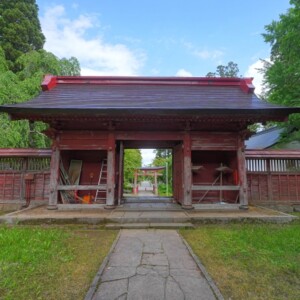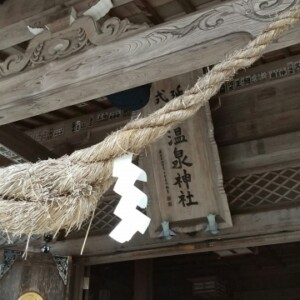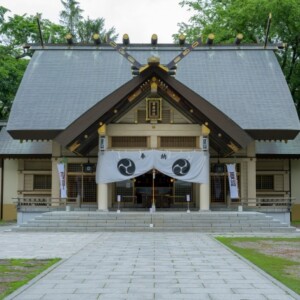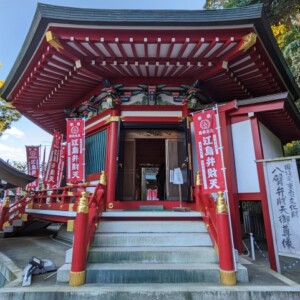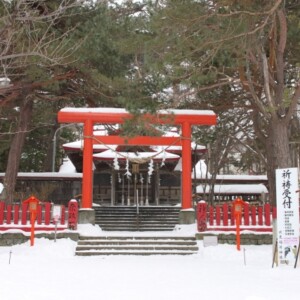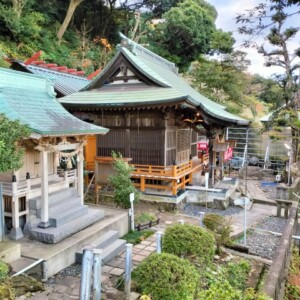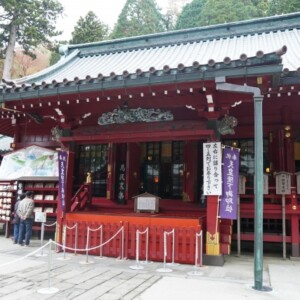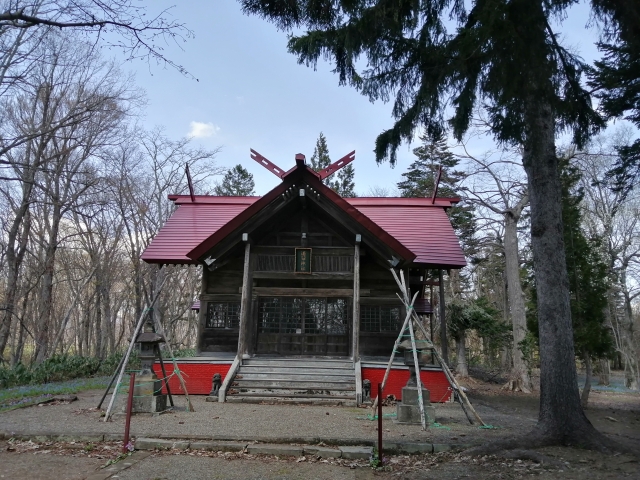
Urausu-jinja Shrine|Complete guide to the history, spring spectacular views, and worship information of this historic shrine in Sorachi, Hokkaido
Urausu Shrine, located in Urausu-cho, Sakado County, Hokkaido, is a shrine with a long history, having been developed along with the Meiji Era settlements. In spring, the shrine grounds are covered with katakuris and ezo-engosaku, and the shrine is known for the fantastic sight of Ezo squirrels running around among the flowers. Here we introduce the charms of Urausu Shrine, which is attracting attention as a hidden and spectacular spot popular among photographers.
Outline and basic information about Urausu Shrine
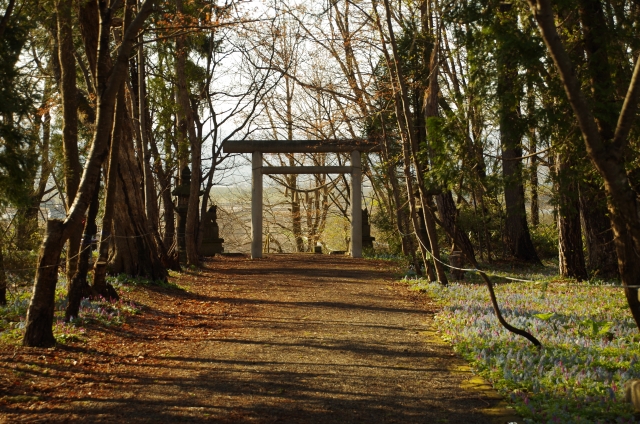
Urausu Shrine, located at 186 Aza Kinauzunai, Urausu-cho, Sakabato-gun, is a historic shrine completed in 1910. This shrine has developed along with the development of Urausu-cho, and has continued to be loved by the people of the region for over 110 years as their spiritual support.
The shrine was formerly a village shrine, with a shrine pavilion in the Shinmei-zukuri style, and the shrine grounds cover a vast area of 14,000 tsubo (46,493 m2). The shrine still counts 600 Ujiko households and 650 worshippers, and is cherished as a place of faith rooted in the community.
History and Origin
The founding of Urausu Shrine was deeply connected to the development of Urausu-cho, which began in 1892 (Meiji 25). In 1898 (Meiji 31), when the population was increasing and there was a growing trend to split off from Tsukigata Village, Jutaro Tomonari donated 30,000 tsubo (9.9 hectares) of land and began cultivating the land in August of the same year.
The shrine was completed in 1910 and initially had no shrine status, but was elevated to village shrine status in 1917 (Taisho 6), at the same time that the main hall and Shinto hall were newly constructed. This was an important event that illustrated the development of the community and the deepening of faith.
The history of Urausu-cho itself is also interesting, and is said to derive from the Ainu name for the Urausunai River that flows through the town. According to Shuzo Yamada, an Ainu language researcher, the most popular theory is that it is a corruption of “uray-us-nay” (weir, many, river).
Gods and Benefits
The two deities of Urausu Shrine are Hondawake no Kami and Okuninushi no Kami.
Hondawake-gami is the divine name of Emperor Ojin, and is said to bring blessings such as longevity of military fortune, luck in victory, and academic achievement. The deity is believed to give people the power to overcome difficulties, which is fitting for the history of Urausu, a town that overcame the harsh environment of the pioneer days.
Okuninushi is also known as the main deity of Izumo Taisha Shrine, and is well known for a wide range of benefits such as match-making, prosperous business, and a good harvest. He is a reassuring guardian deity for local people who wish for the development of agriculture and commerce.
The annual festival is held on September 7 every year and attracts many worshippers as an important annual event in the community.
Urausu Shrine Highlights and Features
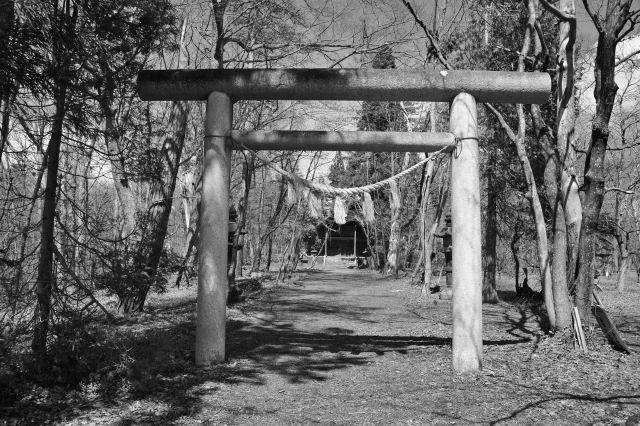
The greatest attraction of Urausu Shrine lies in the beautiful precincts where the historic shrine pavilions and seasonal nature are in harmony. Especially in the springtime, the shrine offers a special sight that cannot be seen anywhere else.
Attractions of the Shrine Pavilions and Precincts
The shrine pavilions of Urausu Shrine are of the Shinmei-zukuri style, and the 24 tsubo (79.2 m2) main hall has a beautiful appearance. The Shinmei-zukuri is an ancient Japanese architectural style, as typified by the Ise Jingu shrine, and is characterized by its linear, simple, yet graceful appearance.
The grounds are dotted with stone monuments and memorials reminiscent of the pioneer days, telling the history of Urausu-cho. The stone steps from the front are steep and hard at 123 steps, but they play an important role in guiding worshippers into the sacred realm.
Also, behind the shrine leads to Ikoinomori Park, which was opened to commemorate the “100th anniversary of the founding of Urausu-cho,” and can be enjoyed in conjunction with a nature walk.
A spectacular view of spring flowers and Ezo squirrels
From late April to early May, katakuris and ezo-engosaku (Sasa senanensis) flowers spread across the grounds of Urausu Shrine, creating a beautiful carpet of pink and light blue flowers. Urausu Shrine at this time of year is as beautiful as an art gallery created by nature.
Katakuri, a perennial herb belonging to the lily family Katakurinaceae, produces reddish-purple flowers. They are also called “spring fairies” along with Ezoensis.
Ezoensis is a perennial herb belonging to the poppy family Kikkemanaceae, and is a rare flower that grows naturally only in Hokkaido in Japan. Its small, light blue or light purple flowers, 17-25 mm long, provide a beautiful contrast to the reddish-purple color of katakuris.
What is even more special is that you can see wild animals such as Ezo chipmunks and Ezo squirrels playing among these flowers. Especially in the morning, it is relatively common to see them, and if the timing is right, it is even possible to take a collaboration photo of Ezo squirrels, katakuris, and Ezo engosaku.
In recent years, it has become a popular hidden spot for amateur and professional photographers, and many people visit here to enjoy the fantastic, fairy-tale-like scenery.
Attraction as a bird-watching spot
At Urausu Shrine, you can also encounter many wild birds such as red-headed woodpeckers, titmice, gojyuras, and blue-faced bunting. The rich natural environment of the shrine grounds provides an excellent habitat for wild birds, making it an attractive spot for birdwatching enthusiasts.
From spring to summer, wild birds are especially active, bringing a lively atmosphere to the temple grounds with their beautiful calls. While taking pictures of flowers with your camera, you may unexpectedly be able to catch a glimpse of wild birds as well.
Visiting Guide
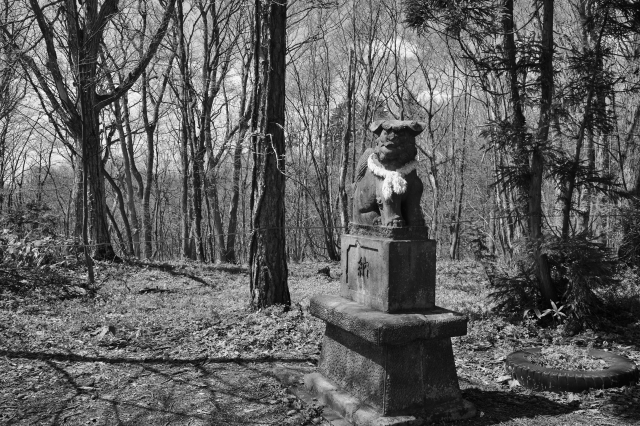
At Urausu Shrine, you can worship in peace and quiet in a rich natural setting. As a shrine that has lived with the history of pioneering, it continues to watch over the development of the region and the wishes of its worshippers.
Worship Etiquette and Manners
Worship at Urausu Shrine is conducted in the same manner as at most shrines. Bow when passing through the torii gate and avoid the center of the path. After purifying your hands and mouth at the hand- and mouthwash basin, go to the main shrine and worship with two hands and two beats.
It is important to be considerate of wildlife and flowers, especially when visiting during the spring flowering season. If you encounter Ezo squirrels or Ezo chipmunks, refrain from approaching them too closely or shouting too loudly, and try to keep a gentle eye on them. When taking photographs, please respect the natural environment and be careful not to disturb other worshippers.
The gathering of wild plants such as katakuris and ezo-engosaku is strictly prohibited. These beautiful flowers are a precious natural heritage that should be preserved for future generations, so they should be viewed only.
Best time to see spring flowers and the best season to visit
The best time to view the spring flowers at Urausu Shrine is usually from late April to early May (Golden Week). However, in recent years, spring tends to come earlier, and in 2021 and 2022, the flowers began blooming in mid-April and were at their best at the end of April.
To avoid missing the most beautiful time of the year, we recommend checking blooming information in advance. You can inquire about the latest blooming conditions at the Urausu Town Hall Industry Section (0125-68-2114).
The best time to take pictures is in the morning when wildlife such as the Ezo squirrels are active. Especially in the early morning, there are fewer people and you are more likely to be able to monopolize the mysterious scene in the quiet precincts.
Access/Use Information

Urausu Shrine is located right next to Michi no Eki Tsurunuma, making it an easy stopover during a road trip. There are hot spring facilities and parks in the vicinity, so you can enjoy yourself throughout the day.
Access
Access by car is most convenient. It takes about 80 minutes (about 80 km) from Sapporo City via Route 275. The roadside station Tsurunuma is an easy landmark to find, and the shrine is located on the hill behind the roadside station.
If you use public transportation, it is about a 5-minute walk from the Tsurunuma Koen-mae bus stop on the Urausu-machi bus. The Urausu-cho bus stops at JR Naie Station (only regular stops), Sunagawa Station, and Takikawa Station, but the bus itself is infrequent, so advance scheduling is important.
The bus used to be accessible from Tsurunuma Station on the JR Gakuentoshi Line (Fudanuma Line), which is about a 10-minute walk away, but since the Fudanuma Line between Hokkaido Medical College Station and Shin Totsukawa Station was discontinued on May 7, 2020, it is no longer available.
When heading to the shrine from Michi no Eki Tsurunuma, there are 123 steps on the approach leading to the shrine grounds. If you are worried about your legs and back, you can access the shrine by car from the Ikoinomori Park side located behind the shrine and use the parking lot there.
Parking and Hours of Worship
Urausu Shrine does not have its own parking lot, so you can use the parking lot of Michi no Eki Tsurunuma Roadside Station or the Ikoinomori Park parking lot (approx. 20 standard-sized cars). If you use the Ikoinomori Park parking lot, you can access from the back of the shrine and do not need to climb any stairs.
There are no special restrictions on visiting hours, but if you want to enjoy observing wildlife and photographing flowers, we recommend that you visit during the daylight hours. Especially during the spring flower season, when many visitors come to the park, early morning and weekday visits are relatively quiet and enjoyable.
Around the shrine, there are Tsurunuma Onsen (hot springs) and the Tsurunuma Park campground, where you can stay and enjoy the nature of Urausu-cho at a leisurely pace. Boating at Tsurunuma can also be enjoyed (free for children), making it a popular spot for families.
Address: 186 Aza Kinauusunai, Urausu-cho, Sakado County, Hokkaido 061-0600
Reference site
Hokkaido Jinja Agency, Urausu Shrine: https://hokkaidojinjacho.jp/浦臼神社/
Urausu Town Official Website: https://www.town.urausu.hokkaido.jp/




